Untitled
1949 (SOLD)
Mixed media on canvas
38 x 33.125 inches (96.5 x 84.1 cm)
Signed and dated verso
Ex-collection:
Pollock-Krasner Foundation, New York
Robert Miller Gallery, New York
Acquired from the above by the present owner, 1999 until the present
Exhibitions:
New York, Martha Jackson Gallery, Lee Krasner, Recent Paintings, February-March 1958. London, Whitechapel Art Gallery; York, City Art Gallery; Hull, Ferens Art Gallery; Nottingham, Victoria Street Gallery; Manchester, City Art Gallery and Cardiff, Arts Council Gallery, Lee Krasner, Paintings, Drawings and Collages, September 1965-September 1966, no. 16 (illustrated). New York, Whitney Museum of American Art, Twentieth-Century American Art Friends’ Collections, July-October 1977. East Hampton, Guild Hall Museum, Krasner/Pollock: A Working Relationsthip, August-October 1981. Houston, The Museum of Fine Arts; San Francisco Museum of Modern Art; Norfolk, Chrysler Museum and Phoenix Art Museum, Lee Krasner: The Education of an Artist, November 1983-October 1984. Houston, Meredith Long & Co., Paintings and Drawings by Lee Krasner, November 1985. Coral Gables, University of Miami, Lowe Art Gallery; Chicago, Terra Museum of American Art and New Brunswick, Rutgers University, The Jane Voorhees Zimmerli Art Museum,Abstract Expressionism: Other Dimensions, An Introduction to Small Scale Painterly Abstraction in America, 1940-1965, October 1989-June 1990, pp. 66 and 99, no. 61, fig. 50 (illustrated). Los Angeles County Museum of Art; Des Moines Art Center; Akron Art Museum and Brooklyn Museum of Art, Lee Krasner, October 1999-January 2001, pp. 70, 77 and 89, no. 29 (illustrated in color). East Hampton, Pollock-Krasner House and Study Center, Lee Krasner: Little Image Paintings 1946-1950, August-October 2008, no. 10.
Literature:
B. Rose, “American Great: Lee Krasner,” Vogue, June 1972, p. 119 (illustrated). E. Landau, “Early Career II,” 1981, p. 87, fig. 16 (inversely illustrated). B. Rose, Lee Krasner: A Retrospective, exh. cat., The Museum of Modern Art, New York, 1983, p. 62, fig. 60 (illustrated). E. Landau, Lee Krasner: A Catalogue Raisonné, pp. 111-112, no. 230 (illustrated).
About the Painting:
Lee Krasner, a foremost member of the first generation of Abstract Expressionists, created Untitled while living with her husband Jackson Pollock at The Springs outside of East Hampton. This painting belongs to Krasner’s Little Image series which she began in 1947. The series is considered by many art historians to be her first cohesive body of work and was a major breakthrough in her artistic development. It is believed that Untitled was one of the last, if not the last painting that she created in this series. (B. Rose., Lee Krasner: A Retrospective, New York, 1983, p.62).
In the Little Image series, Krasner developed a visually arresting meta-language. In an interview with Barbara Novak, Krasner confided, “I thought of [my unconscious messages] as a kind of crazy writing of my own, sent by me to I don’t know who, which I can’t read, and I am not so anxious to read.” (R. Hobbs, Lee Krasner, New York, 1999, p.72). Simultaneously, similar language and sign systems were also being explored by her fellow abstract expressionists, Jackson Pollock, Richard Pousette-Dart, Robert Motherwell, and Adolph Gottlieb.
In Untitled, Lee Krasner moves beyond the square shapes that she investigated in the earlier Little Images pictures and focuses on exploring hieroglyphic elements that have curvilinear characteristics. Krasner started with a raw canvas and let the images evolve intuitively. She used a brush to apply the paint with bold impasto and created a dynamic grid of shapes with multiple layers of paint. With a subdued palette, Krasner worked and reworked the painting and in the process broke down and reconstructed geometric signs and symbols. The dynamic play between the foreground and background fills the entire canvas creating a rhythmic dance of hieroglyphic-like signs and symbols.
The calligraphic elements of Untitled were inspired by both the structure of nature and Krasner’s Jewish upbringing. She learned to write Hebrew as a child, and had a strong interest in languages, having grown up in a household that spoke Russian, Yiddish, Hebrew and English. Although the artist lost the ability to write or read Hebrew as an adult, the signs and symbols in Untitled are reminiscent of the ancient language. In a 1964 interview with Dorothy Seckler, Krasner discussed the use of an abstract symbolism in her paintings and their relation to the Hebrew written language: “But I have endless messages that go on indefinitely in a kind of hieroglyph of some sort which certainly isn’t true Hebrew or any other language. And I can’t say that consciously I can relate it to any specific thing. But suddenly it was there, so it shows up a bit in the painting at that time.” (D. Seckler, Interview with Lee Krasner, Smithsonian Archives of American Art, dated November 2, 1964). In Untitled there is no beginning and no end, rather a cosmic expanse of signs and symbols that hint at an infinite variety of meanings and interpretation.


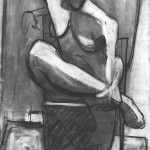 Nude Study from Life
Nude Study from Life
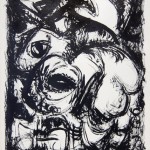 Untitled (Abstract Composition)
Untitled (Abstract Composition)
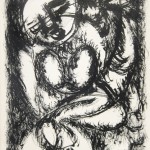 Untitled (Abstract Composition)
Untitled (Abstract Composition)
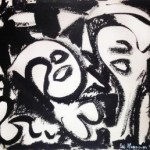 Untitled
Untitled
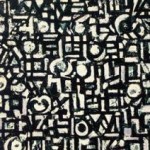 Untitled
Untitled
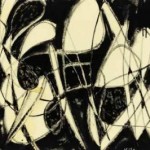 Untitled
Untitled
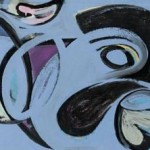 Igor
Igor
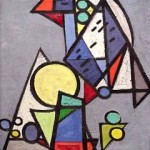 Untitled (Still Life)
Untitled (Still Life)
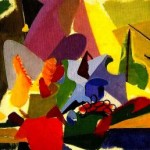 Untitled (Still Life)
Untitled (Still Life)
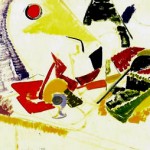 Untitled (Still Life)
Untitled (Still Life)
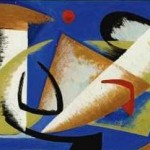 Gouache Number 5
Gouache Number 5
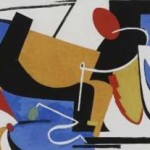 Gouache Number 4 (Study for Lavender)
Gouache Number 4 (Study for Lavender)
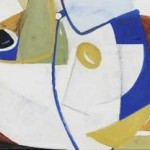 Gouache Number 3
Gouache Number 3
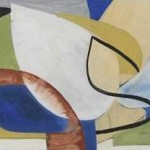 Gouache Number 2
Gouache Number 2
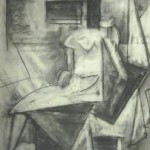 Nude Study from Life
Nude Study from Life
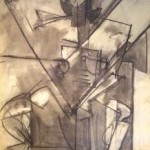 Seated Nude Study
Seated Nude Study
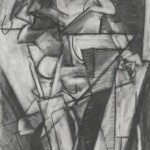 Nude Study from a Still Life
Nude Study from a Still Life
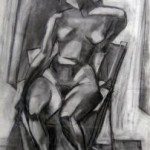 Nude Study from Life
Nude Study from Life
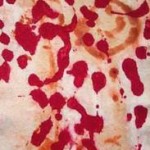 Seed Number 12
Seed Number 12
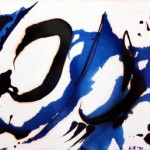 Untitled
Untitled